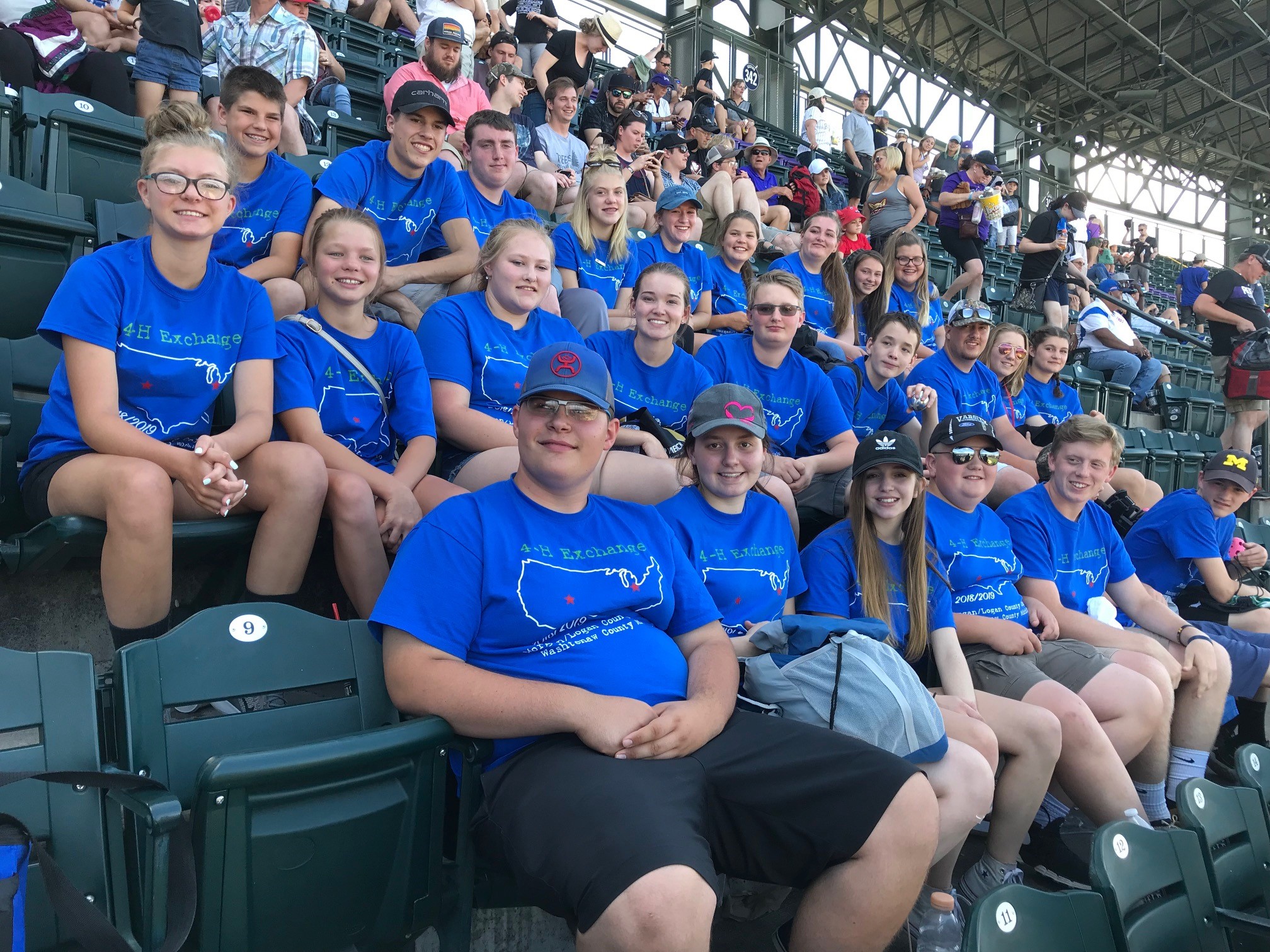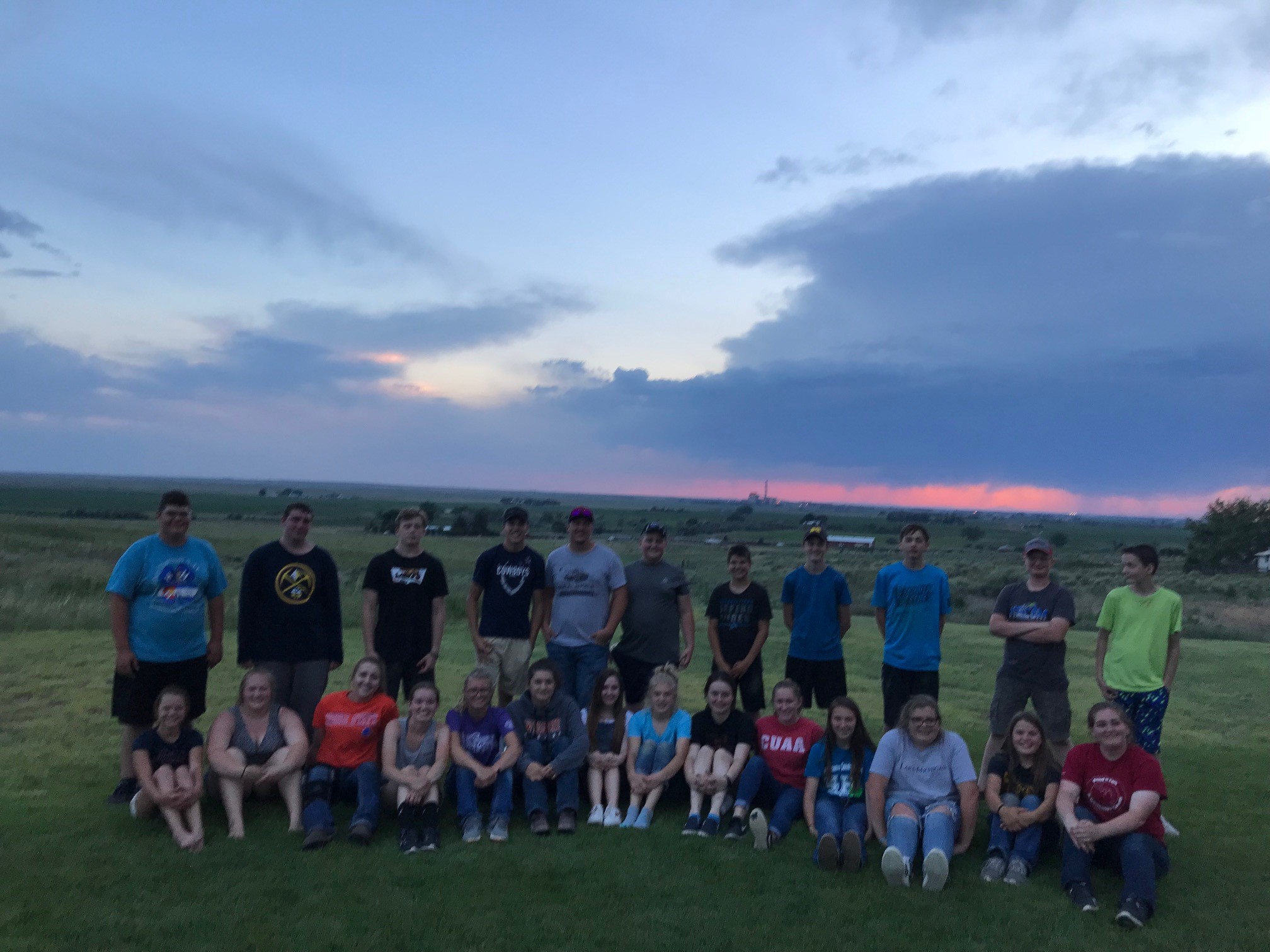10 tips for organizing a 4-H youth exchange
Youth exchanges build cultural appreciation and life skills. Follow these 10 steps for a successful exchange.

Exchanges with youth from other states can provide insight on different cultures without ever leaving the United States. The common thread of 4-H membership establishes common ground between the travelers, while they learn about the population, climate, local economy and cultural flavor of their travel destinations.
Typically, participants stay in the homes of the families they visit, providing an opportunity to learn what life is like in the area they are visiting.
While Michigan 4-H organizes an international exchange program on a statewide level, most interstate exchanges are organized locally, increasing opportunities to employ youth voice and skill building in the planning process. When planned appropriately, exchange programs are not only an exciting travel adventure, but expand members’ appreciation of diversity and increase members planning skills.
Consider these 10 factors when planning a 4-H interstate exchange in your community.
Recruitment
Michigan 4-H recommends participants involved in interstate exchanges be age 13 or older. When recruiting, it’s important that participants understand all that is involved in participating – it isn’t simply a week of travel, but involves year-round fundraising, planning, learning and likely serving as a host family often in the following year. Remember, exchanges not only need youth participants, but also require adult chaperones. Michigan 4-H requires an adult to youth ratio of 1:8, and requires that both a male and female chaperone travel with groups that include both boys and girls.

Choosing travel dates
Most 4-H exchanges are designed so that youth members travel one year and host the same group the following year, requiring a two-year commitment from members. However, both travel and hosting can be accomplished in the same summer if a motivated exchange group prefers. Poll interested members to find the time of year that will work the best for the most people, being careful to avoid local events and holidays.
Choosing an exchange location
4-H programs across the United States utilize a closed Facebook group to post free advertisements about exchange opportunities. Youth programs post information about their group size, location and preferred travel dates to help counties find an appropriate match. The size of both exchange groups and gender composition of members matters in order to make sure groups are able to accommodate hosting responsibilities when it’s their turn to host.
Establishing an agreement
Get something in writing from both groups agreeing to the travel commitment and the expectations for financial responsibilities of both groups each year. Often, 4-H interstate exchange groups work out an agreement to share expenses associated with traveling (see more on this below) in order to keep their fundraising targets consistent from one year to the next. It’s also very important to discuss early-on what the requirements are for background checks of adults serving as host families. Note that not every state’s background check process for volunteers follows the same template/steps. Ask your local 4-H Program Coordinator for assistance with this.
Establishing a budget
Traditionally, 4-H exchange programs require the traveling group to cover their transportation expenses to get to their destination (airfare, fuel costs or train transportation), while the hosting group often covers the expenses of any activities they will organize while the group visits. This can be done simply by hosting picnics and events at homes of the participants, or extravagantly by organizing overnight trips to popular tourist destinations. It’s important to consider the activities the hosting group would like to coordinate when establishing a budget, and make sure to get feedback from the traveling group on the local opportunities in which they are most interested.

Fundraising
Costs for trips can be funded in a variety of ways, including fundraising efforts, personal contributions, local scholarships and donations. It’s important to establish expectations for fundraising early. For example, are families required to participate in a certain number of fundraising efforts in order to receive a scholarship from the group? Youth begin to build relationships through these experiences and have a better sense of the big picture involved in an exchange.
Research
Before traveling, encourage youth to learn something about the place to which they are heading. Youth can research the size of the community (both population and square mileage) and demographic makeup and compare it to their own. Youth can learn about important industries in the community and learn whether most of their community is rural, urban or suburban. Listing local festivals or events may provide insight into the type of culture in the local area.
Gifts and souvenirs
It is customary for groups to exchange gifts – thank you gifts for host families and souvenirs by which they remember the travel experience. This does not have to be elaborate or expensive, but is a nice gesture to help establish relationships between the groups. Ask group members to brainstorm the type of gifts that reflect the local flavor of their communities to make the gifts more meaningful.
Travel
Make sure families are provided with an itinerary and travel information for the duration of the exchange, including the emergency contact information of the chaperones and host families. Check with airlines on group travel policies and advise group members on size of luggage and suggestions of what to pack. It is important that all travelers bring photo identification; this is needed in airports, as well as at many government buildings. Student ID's may work, but check in advance. Mitigate risk by collecting health information forms and being familiar with allergies and medical conditions of participants.
Reflect
After the experience, be sure to meet with the group to discuss what they learned, the things that worked and things that could be improved upon as part of their experiences. Be sure to focus not only on the activities and planning processes, but on the differences and similarities between their home community and the community they traveled to. Ask the participants to reflect on what they expected and how it differed from what they experienced. Ask them to apply this experience to future travel experiences.
In many cases, the planning continues immediately upon returning home as the traveling delegation prepares to host and the hosting delegation prepares to travel. Interstate exchanges can truly be a year-long learning experience.



 Print
Print Email
Email

